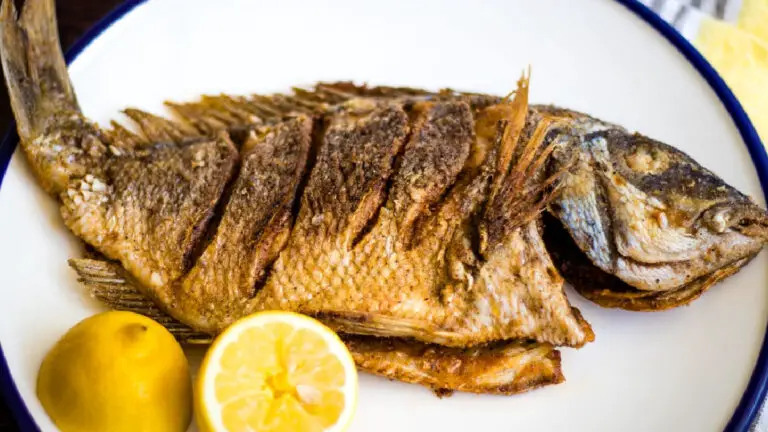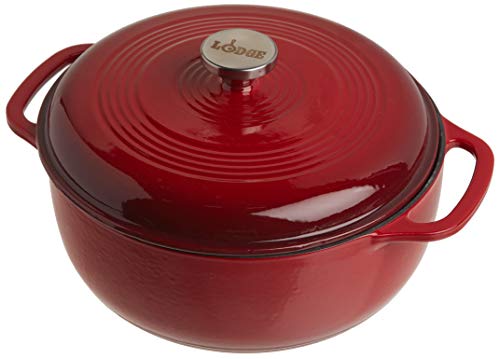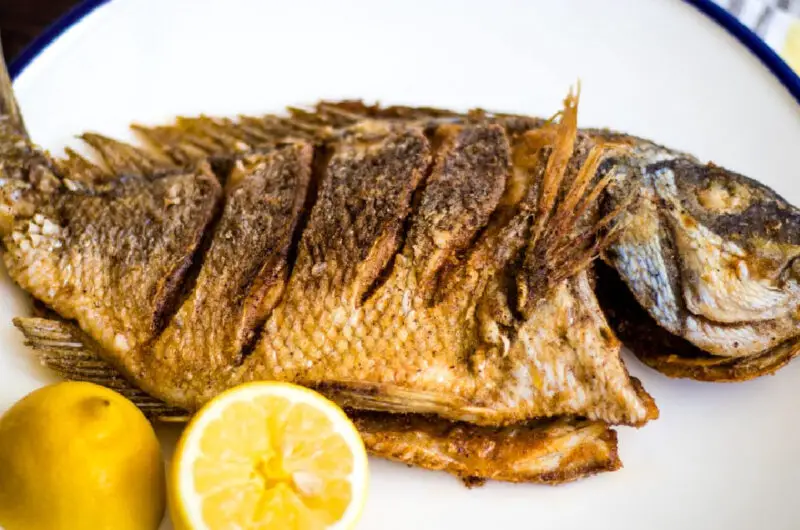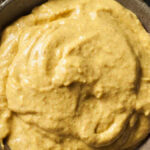Few can resist the allure of a perfectly fried whole fish. Mulu Asa is a cherished dish that is especially popular in areas of Ethiopia that are close to water sources that are abundant in Fish such as Bahir Dar and Arbaminch.
Ingredients Required to Make Mulu Asa Tibs
- 1½–2 pounds whole fish, cleaned and descaled (red snapper or branzino work well)
- 1 cup oil
- Salt and pepper, to taste
- 2 lemon wedges
How to Make Mulu Asa Tibs (Step-by-Step Tutorial)
- Rinse and pat dry the whole fish. Using a sharp knife, score it by cutting about three or four horizontal slits about 1 inch apart on both sides of the fish. Make sure to cut through the skin, but not all the way through the whole fish.
- In a medium pan large enough to hold the fish (the fish will probably be around 24 inches long), warm the oil over high heat.
- Once the oil is hot, carefully place the scored fish into the pan. Fry the fish until it is crispy and golden brown on both sides, which should take approximately 5–8 minutes per side.
- While the fish is cooking, use a large spoon to baste it periodically with the hot oil. This will help ensure that the fish cooks evenly and gets a nice crispy texture.
- Once the fish is cooked to perfection, remove it from the heat and place it on paper towels or parchment paper to drain off any excess oil.
- Sprinkle the pan-fried fish with salt and pepper to taste.
- Serve the pan-fried whole fish hot with lemon wedges on the side. This dish pairs well with injera, rice, or your favorite whole grain bread.
Equipment Recommendations to Make Mulu Asa Tibs
Affiliate Disclaimer: As an affiliate, we get commissions for purchases made through links on this website from Amazon and other third parties.















